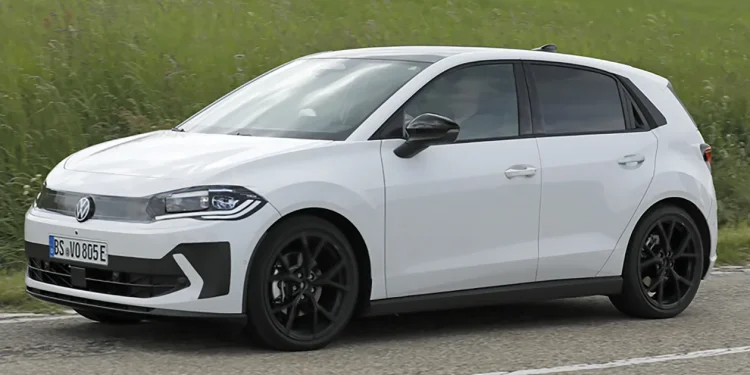Volkswagen is getting set to launch its new ID 2 EV
Words NZ Autocar | Images Auto Express
New spy shots of the Volkswagen ID.2 EV indicate it will retain most cues of the original ID.2All concept. It is due for release in September and on sale next year.
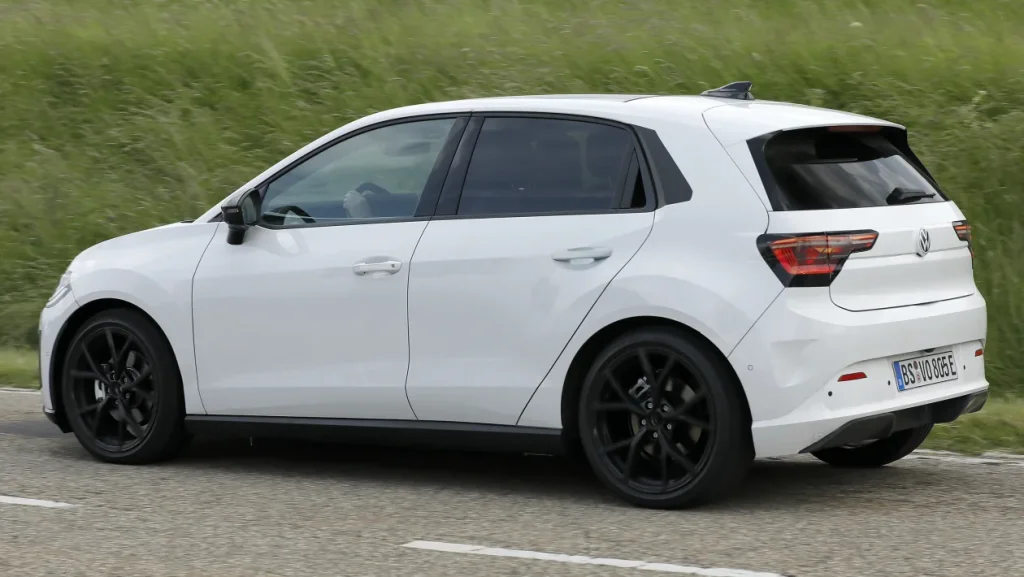
This new supermini, which may also be called ID Polo, is critical for the German brand’s future success. Not only does it shrink its electric models, it also introduces new interior and exterior design, and battery innovations.
These new prototypes share their external skin with the upcoming production car that goes on sale next year. But they include Polo parts to keep the public guessing.
The bonnet now sits higher, and the end of the front lighting turns downwards to simplify manufacturing.
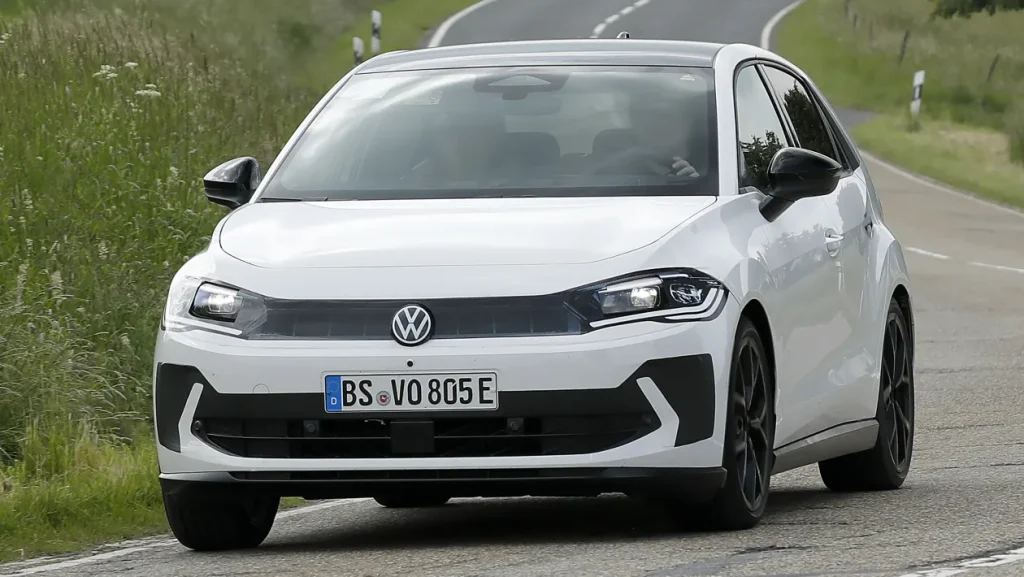
Its body looks unchanged, except for conventional rear door handles rather than the concept’s hidden units. The rear end will feature a light bar, square-shaped lighting graphics and a simple tailgate. Because it looks more conventional than ID models, with cues from Beetle, Golf and Polo, there’s a chance it won’t carry any ID badging. It is just over 4m long, just shorter than Polo and has a wheelbase of 2600mm, 50mm more than Polo.
The new underpinnings are key, improving efficiency and lowering build price. VW wants to return to being Europe’s biggest and most profitable mainstream manufacturer. Key to that is a starting price of 25,000 Euros or £20,000 in the UK. And underpinning that is a new MEB Entry platform, co-developed by VW and Cupra. It is a shortened version of the MEB platform.

Spanish plants will build all MEB Entry models, along with the new Cupra Raval due out this year.
The ID 2 will also be offering VW’s first all-electric GTI. Expect go-kart style handling over outright performance.
The regular newcomer, meantime, will front with the popular Renault 5, Fiat Grande Panda and Citroen e-C3. A new Peugeot E-208 and Vauxhall Corsa Electric are also due, both on a new platform.
The interior and interface will be important for the electric ID Polo. Expect the production car to retain the concept’s pair of screens on the dash, a 10.9-inch screen for the driver and a 12.9-inch infotainment screen. Various retro instrument displays will be offered, including one from Beetle.
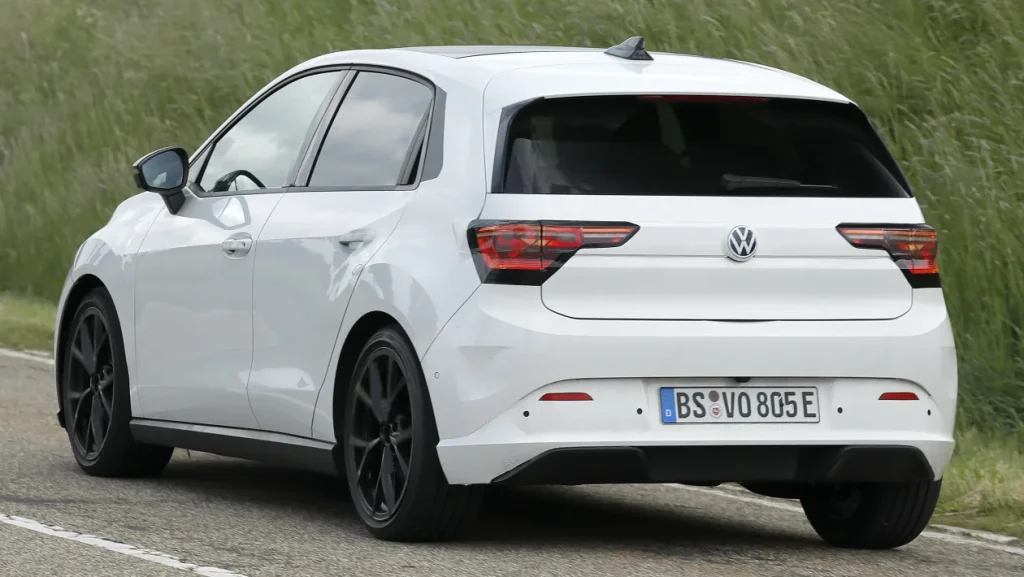
Arguably the most important change is the shift away from haptics to physical controls for key elements, like volume and cabin temperature. These will be mounted below the central display.
It’s the same for the steering wheel, using rotating thumbwheels and four buttons. A flattened wheel shape top and bottom is likely.
The gear selector moves to a stalk mounted on the steering column while between the front seats, there’s a dial controller for switching between the drive modes.
The concept’s boot capacity is 440L, 60 more than the ID.3 gets, rising to 1330L after rear seatback folding. The boot floor has an adjustable height and there’s a novel 50L storage area beneath the second row. This lockable compartment is for charging cables, but could also be for laptops.
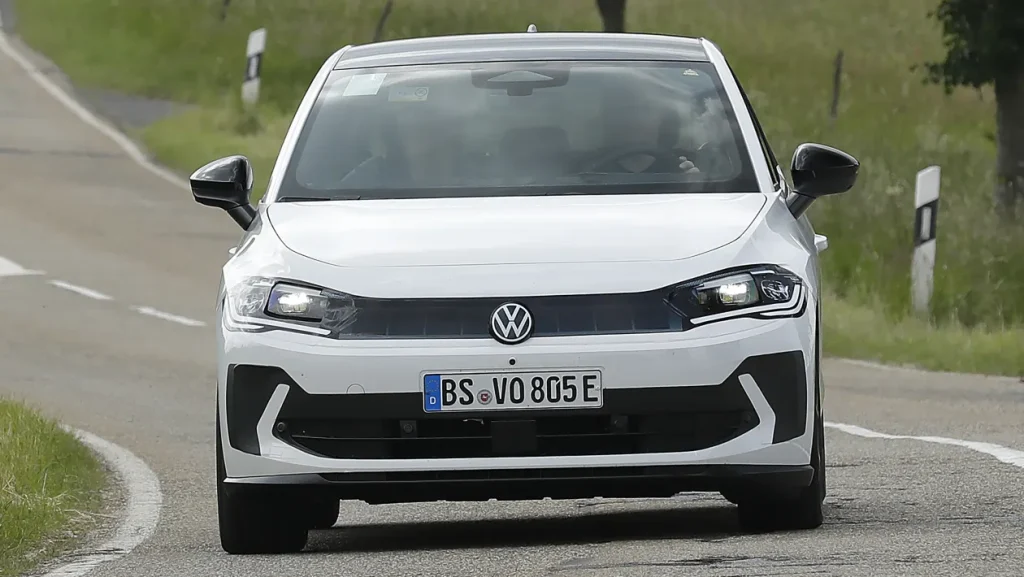
The MEB Entry platform is related to that of VW ID.3 but it’s designed to support smaller, cheaper vehicles. It switches layout from rear- to front-wheel drive and uses torsion beam rear suspension to boost practicality and reduce costs.
The new ID 2 won’t go on sale for two more years, but VW has already confirmed that its front-mounted motor produces 166kW, sufficient for 0-100km/h time of around seven seconds.
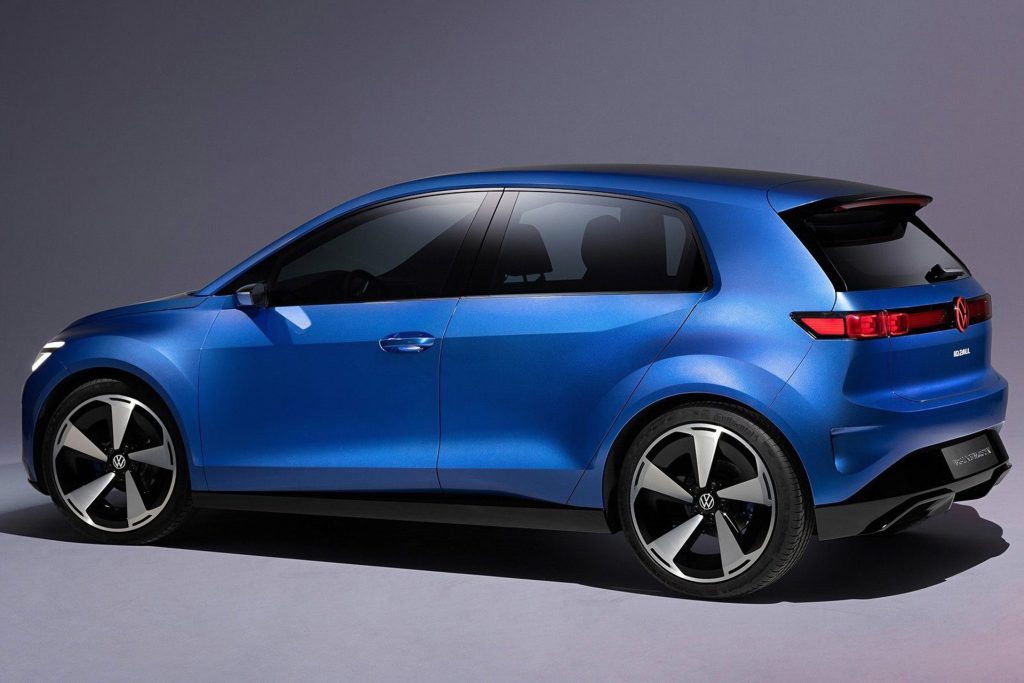
Battery packs, likely LFP, will be 38 and 56kWh, for a WLTP range of around 450km for the larger option. DC charging at 125kW will mean a 10 to 80 per cent refill in roughly 20 minutes.
Before the electric ID 2 launches, a compact electric SUV will debut. It is due a reveal at the Munich motor show this year, though ID 2 will be on sale before the SUV.
A sub-20,000 Euro electric city car, probably to take Skoda badging, is also in the wings, though is not due until 2027. It may be produced in India. Above this is Skoda Epiq, due out this year.


